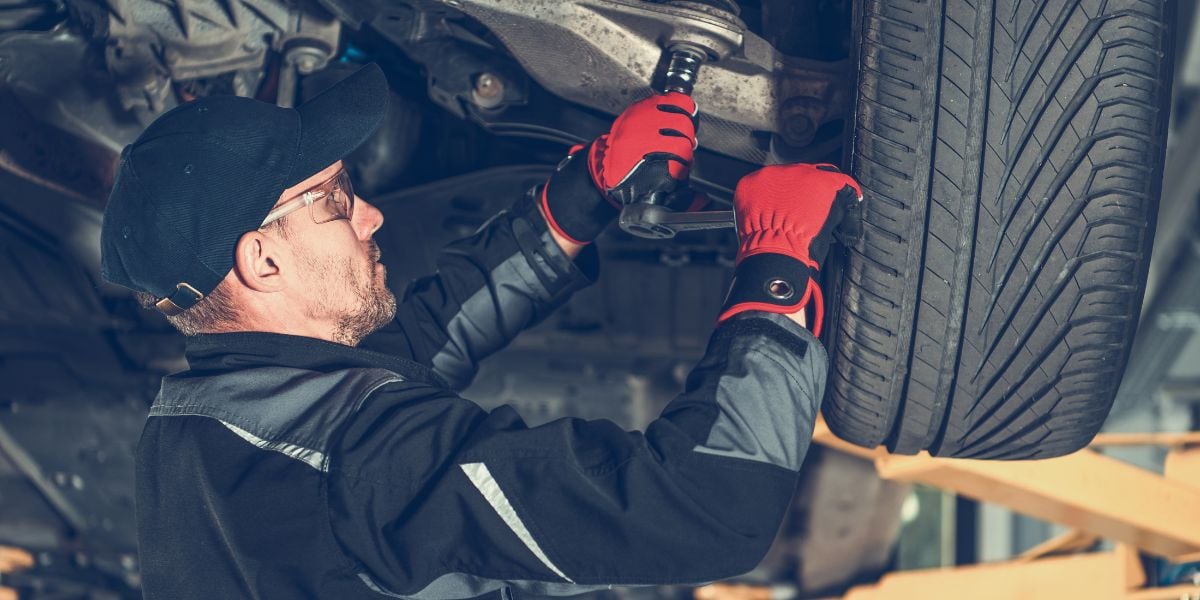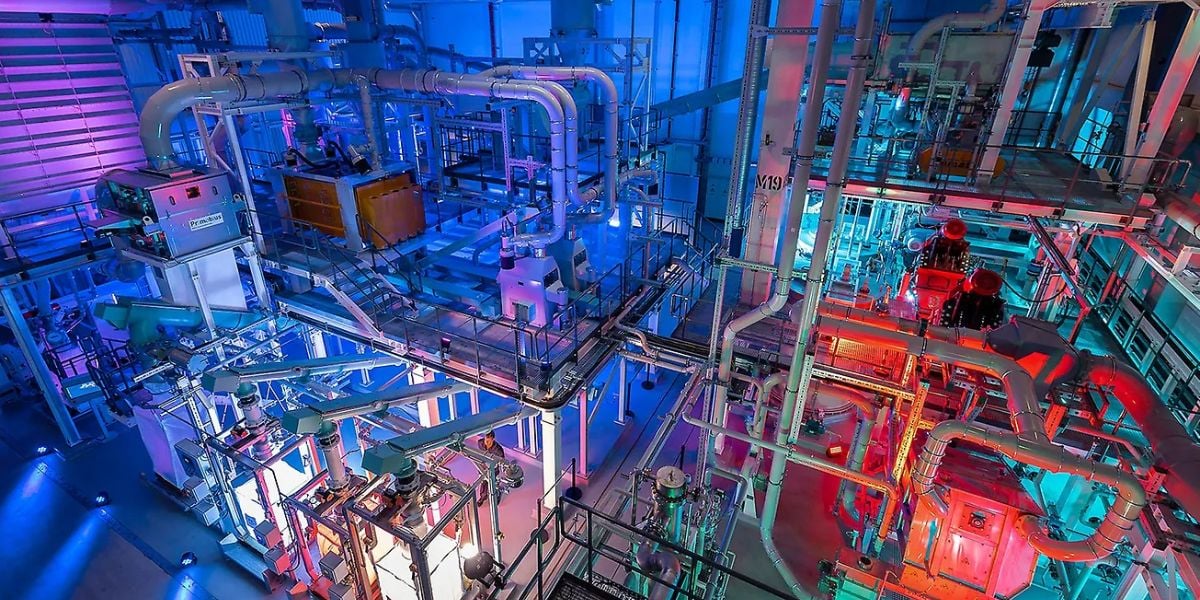The difference between remanufacturing and reconditioning
Remanufacturing and reconditioning are the two processes used to reuse auto parts. These procedures differ greatly; in the past, manufacturers and customers were sceptical of the remanufacturing process even though remanufactured automotive parts must meet far higher functional and safety standards. This meant that although consumers frequently spend more on new parts or choose refurbished ones that may be of poorer quality, manufacturers risked missing an opportunity to broaden their product offering and improve their environmental profile. But remanufacturing offers tremendous advantages. Unfamiliarity with the procedure and a misunderstanding of how it differs from reconditioning are the causes of scepticism. Understanding the key distinctions between the two procedures is essential for dispelling myths and revealing the worth of remanufacturing to the global auto industry.
What is reconditioning?
Reconditioning entails dismantling and disassembling a vehicle or a component of a vehicle, cleaning the components, replacing any broken ones, and then putting the components back together. Reconditioned parts should be in good functioning order, but because the process is uncontrolled and there is no established industry standard, there are wide variances in quality and room for individual subjectivity. This indicates that clients are not covered by a warranty and cannot be guaranteed that the car parts will last a long time. Furthermore, there is no indication of the vehicle's performance in comparison to OEM specifications. The reconditioning process undoubtedly serves a purpose in the automotive, but it falls short of the assurance standards that many customers will need when purchasing a vehicle. Here, remanufacturing can be beneficial.
What is remanufacturing?
The remanufacturing process returns parts to at least their pre-remanufacturing performance, but more often than not, it raises the bar for products above that of newly produced goods. How? Because although remanufacturing must align components with the original factory specifications and design, there is also room for design enhancements and the correction of any "kinks" in the original design. Customers can be confident that all parts are secure and of high quality because remanufacturers are required to adhere to standards set by international standard organizations. These stringent standards guarantee that parts will operate and last as well as new and will meet or surpass their original lifespan and reliability. Remanufactured products are designed to reflect this and offer consumers protection and assurance by including a new warranty. These tight rules invariably have a price attached to them. Remanufacturing needs specialized equipment and a competent labour force to meet these criteria. This means that remanufactured parts are more expensive for consumers to purchase than reconditioned ones, which are exempt from the restrictions requiring such high quality.
Four benefits of remanufacturing
Remanufacturing costs more than reconditioning, but that is only a portion of the story. The four important advantages of remanufacturing - quality, value, the environment, and employment - outweigh this drawback.
1. Quality control remanufacturing guarantees that parts are restored to at least their original performance in accordance with original factory specifications, in contrast to reconditioning, which is often unregulated. The components are covered by a new warranty, providing drivers with security and peace of mind.
2. Regarding the value, remanufactured parts often offer better value than reconditioned ones due to their extended lifespan and improved quality, even though the expense of labour and equipment drives up their price. Remanufactured parts are also much less expensive than newly produced ones because they are made from recycled materials. A product that is 40–50% less expensive than a new one thanks to these reductions in raw material and the energy consumption is an amazing margin in a highly price-sensitive market.
3. In terms of environmental assurance, remanufacturing saves about 85% of an engine's original components and allows drivers and manufacturers looking for environmentally acceptable alternatives to significantly minimize their environmental effects. Aluminium, steel, and other unsalvageable metal components can frequently be recycled in various ways, minimizing the quantity of garbage that is dumped in landfills. Additionally, remanufacturing uses between 80 and 85 percent less energy than creating new parts, which considerably lowers CO2 emissions.
4. Finally, job security. While it is more cost-effective for remanufacturing to occur domestically, new parts are frequently created outside of EU. Moving toward remanufacturing encourages the creation of jobs and the growth of specialized knowledge in the local economy. Remanufacturing can also speed up product availability, cut down on foreign shipping costs, time, and environmental effects, and lessen waiting times for new parts.
The auto industries can benefit greatly from remanufacturing. It lessens the influence on the environment while reinforcing value, quality, economic longevity, and performance longevity. It might be the best option for customers who want to save money, lessen their carbon footprint, and support environmentally beneficial alternatives. For manufacturers, it enables price competition, boosts regional economies, and increases levels of skilled employment. Undoubtedly, there are difficulties. Remanufacturing is not well-known or trusted by consumers, thus there needs to be a concentrated effort to inform drivers of the significant differences between remanufactured and reconditioned parts.
The far East, where a rising number of low-cost new and remanufactured products are being created, is a competitor for manufacturers, even though these products might not meet industry standards and offer the same level of user confidence. Remanufacturing presents intellectual property challenges due to the complexity of car components and OEM limitations, which necessitates an expert understanding of legal requirements. Additionally, as technological innovation in the automotive industry is accelerating, remanufacturers must ensure they keep up with new advances. Although these issues must be taken seriously, they may be resolved with proper planning and consideration, so the possibility that remanufacturing offers for the automotive should not be diminished. Remanufacturing makes sense, to put it simply.
Share your remanufacturing stories with us
Do you have an innovation, research results or an other interesting topic you would like to share with the remanufacturing industry? The Rematec website and social media channels are a great platform to showcase your stories!
Please contact our Brand Marketing Manager.
Are you an Rematec exhibitor?
Make sure you add your latest press releases to your Company Profile in the Exhibitor Portal for free exposure.



